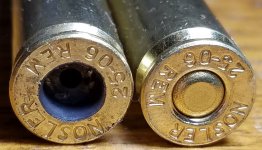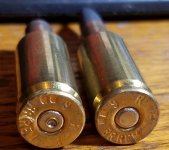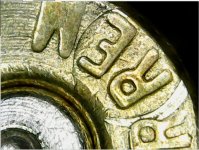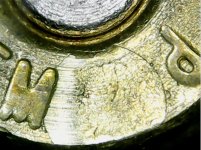IMR4166 is listed as one step faster than 4064 and four steps slower than 4895.
The Hodgdon data for a 200gr bullet in 8x57 is 39gr for 4895, and 40gr for 4064. Starting velocities are a sedate 2,100 fps range. Max charge is 44.5gr for 4064, and 45gr for 4895, both a hair over the 2,400 fps range.
Max pressure for each is 48k CUP, which is going to be safe in any large ring Mauser, but not something I'd use in a small ring Turk.
Anyways, if I were going to estimate charges for IMR4166, I'd split the difference between 4895 and 4064, which would be a starting charge of 39.5gr and a max charge of 44.7gr. This lines up pretty well with Clark's Quickload simulations although slightly higher on the starting charge. I'd expect a 37gr charge to be around 1,950 fps to 2,050 fps out of a K98.
As always, be as safe as you can in your reloading practices, watch for pressure signs when you work up. Just because something works in someone else's rifle doesn't mean it will work in yours. A well worn K98 isn't going to show pressure signs in a load that would lock up a Yugo M48 with almost new throat and bore.
Jimro




